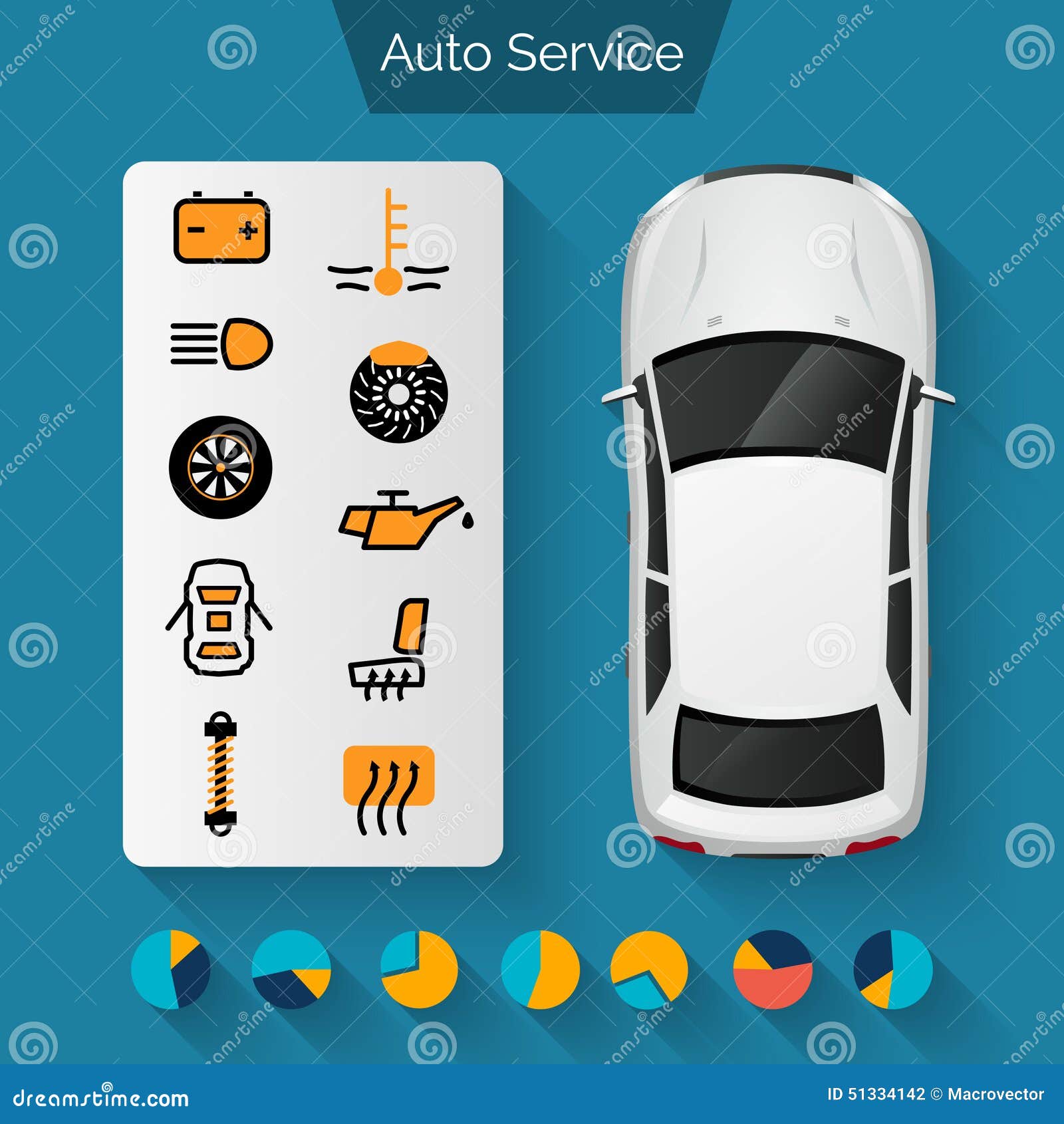Interested Regarding Those Dashboard Caution Lights In Your Cars And Truck? Find Out What They Imply For Your Vehicle'S Health And Safety
Interested Regarding Those Dashboard Caution Lights In Your Cars And Truck? Find Out What They Imply For Your Vehicle'S Health And Safety
Blog Article
Article Created By-Termansen Torres
When you're behind the wheel, those radiant warning lights on your dashboard can be a bit difficult. Do you know what they're attempting to tell you regarding your car's wellness? Understanding the relevance of these lights is essential for your security and the longevity of your vehicle. So, the next time one of those lights pops up, would not you want to decode its message accurately and take the needed actions to address it?
Common Caution Lighting and Interpretations
Identify typical caution lights in your car and understand their definitions to ensure safe driving.
One of the most typical caution lights include the check engine light, which signifies problems with the engine or emissions system. If this light begins, it's essential to have your lorry examined immediately.
The oil pressure advising light shows low oil pressure, requiring prompt focus to stop engine damages.
A flashing battery light may suggest a malfunctioning charging system, possibly leaving you stranded otherwise attended to.
The tire stress surveillance system (TPMS) light signals you to reduced tire stress, influencing automobile stability and fuel effectiveness. Overlooking this might bring about unsafe driving problems.
The abdominal light shows a trouble with the anti-lock stopping system, jeopardizing your ability to quit quickly in emergencies.
Last but not least, the coolant temperature level cautioning light warns of engine getting too hot, which can cause serious damages if not fixed quickly.
Recognizing these common caution lights will aid you attend to concerns promptly and keep risk-free driving conditions.
Importance of Prompt Attention
Recognizing the common warning lights in your automobile is only the primary step; the value of promptly addressing these cautions can't be highlighted enough to guarantee your safety when driving.
When a caution light illuminates on your dashboard, it's your auto's means of interacting a prospective issue that requires interest. Ignoring these warnings can cause much more serious troubles later on, endangering your safety and potentially costing you a lot more out of commission.
Motivate attention to advising lights can prevent failures and accidents. As an example, a blinking check engine light can indicate a misfire that, if left ignored, can cause damages to the catalytic converter. Resolving this without delay can conserve you from an expensive repair.
Likewise, a brake system warning light might signify reduced brake fluid or worn brake pads, critical elements for your safety when driving.
DIY Troubleshooting Tips
If you observe a caution light on your dashboard, there are a couple of DIY repairing tips you can attempt prior to seeking expert assistance.
The very first step is to consult your automobile's guidebook to recognize what the specific caution light indicates. Sometimes car seat shampoo wash can be as easy as a loosened gas cap triggering the check engine light. Tightening up the gas cap might fix the problem.
One more common issue is a reduced battery, which can trigger different cautioning lights. Checking the battery connections for corrosion and guaranteeing they're safe may deal with the problem.
If a warning light persists, you can attempt resetting it by detaching the car's battery for a couple of mins and afterwards reconnecting it. Furthermore, inspecting go now , such as oil, coolant, and brake liquid, can aid fix alerting lights associated with these systems.
Final thought
To conclude, understanding your vehicle's warning lights is essential for maintaining your automobile running efficiently and safely. By without delay attending to these signals and understanding what they mean, you can prevent costly repair work and prospective failures.
Remember to consult your vehicle's manual for certain details on each warning light and do something about it appropriately to guarantee a trouble-free driving experience.
Remain informed, remain secure when traveling!
